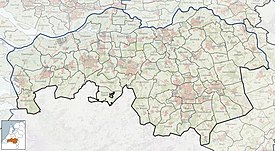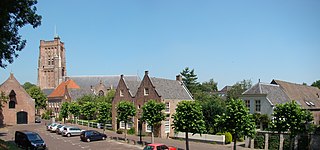
Woudrichem is a city and former municipality in the province of North Brabant in the Netherlands.

The Hook and Cod wars comprise a series of wars and battles in the County of Holland between 1350 and 1490. Most of these wars were ostensibly fought over who should hold the title of "Count of Holland", but some have argued that the underlying reason was a power struggle conducted by the bourgeois in the cities against the ruling nobility.
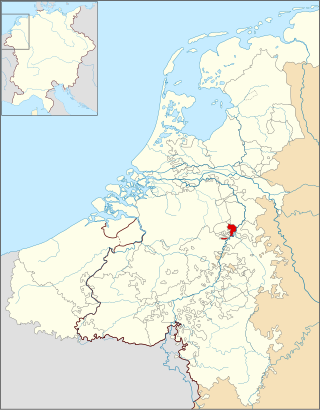
Horne is a small historic county of the Holy Roman Empire in the present day Netherlands and Belgium. It takes its name from the village Horn, west of Roermond. The residence of the counts of Horne was moved from Horn to Weert in the 15th century.
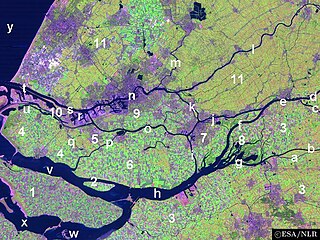
The Land of Altena is a historical region and former fiefdom of the Lords of Altena, historically part of the County of Holland, but since 1815 located in the Dutch province of North Brabant.

Heeswijk Castle is a moated castle near Heeswijk in the Dutch province of North Brabant.
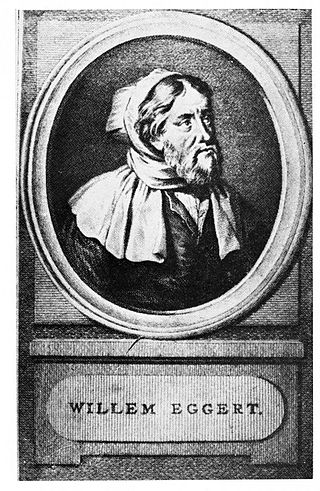
Knight Willem Eggert, was a Dutch politician, noble, banker and schepen of Amsterdam. He owned much land in Weesp, Monnickendam, Oosthuizen, Aalsmeer and Wognum.

The Land of Heusden and Altena is a region located in the Dutch province of North Brabant. In 1904 it consisted of the historical regions Land van Altena and Land van Heusden. Historically this region has been a part of North Brabant since 1815. During the Dutch Republic it belonged to Holland. It resembles comparable landscapes in the latter one, like e.g. the Alblasserwaard, which is situated just north of the region.
Teisterbant was a pagus (province) of Lotharingia/Middle Francia. It was located in the present-day Netherlands, bordered by the rivers Lek and Waal. Modern-day West-Betuwe shares most of the same land including towns such as Batenburg, Vianen, Tiel, Culemborg, Geldermalsen. The historic fiefdoms of Altena, Arkel, Buren, Heusden and Vianen were also part of it.

Oud Herlaer was a castle on the Dommel just east of Vught. All that remains is a farm which incorporates parts of the old castle. While not that much remains of the castle, there are a lot of recent studies about Oud Herlaer and its owners. The farm is planned to be opened as an art center in 2021. The name Oud Herlaer,, signifies that later on Nieuw-Herlaer Castle was built about 1 kilometer upstream.

Heusden Castle is a ruined major castle in Heusden.

Dussen Castle is a water castle that got its peculiar form after being destroyed by the St. Elizabeth's flood of 1421.

Willem IV of Horne (1303–1343) was Lord of Altena, Weert, Nederweert, Wessem, Heeze, Leende, and Cortessem. From his niece Beatrice of Leuven he inherited Gaasbeek, Leeuw, Herstal and Montcornet.

Gerard II of Horne was a medieval nobleman.

Willem V of Horne was a medieval nobleman.

Dirk Loef of Horne was a medieval nobleman.

Willem VI of Horne was a Dutch Nobleman, the Lord of Horne.

Kasteel Giessen was a castle in Giessen, Netherlands. It was rediscovered in 2013, but was not made visible.

Polanen Castle was a castle located in today's Monster, South Holland in the Netherlands. The ancestral home of the Polanen family, it suffered a siege in 1351 and was demolished in 1394. It was replaced by a small manor somewhat to the south.

Moermond Castle is a castle in Renesse on Schouwen-Duiveland.

Sint-Maartensdijk Castle was a castle with a rich history. Except for a part of the moats nothing remains of it.

